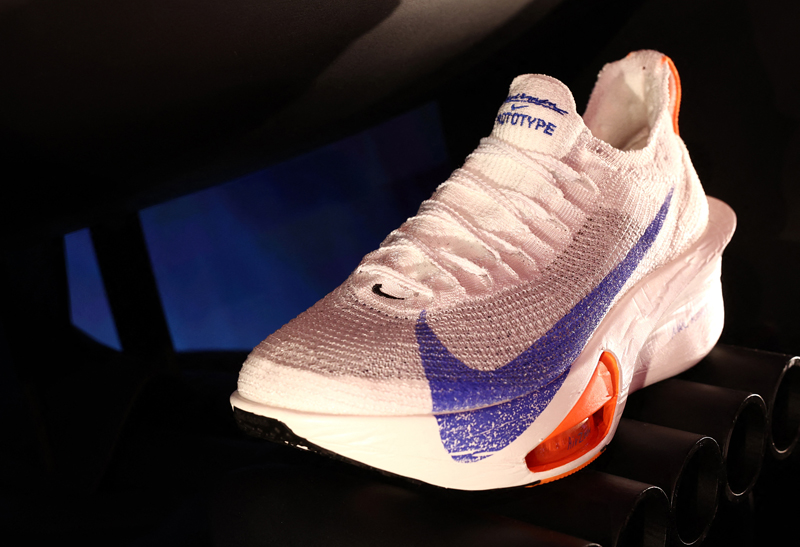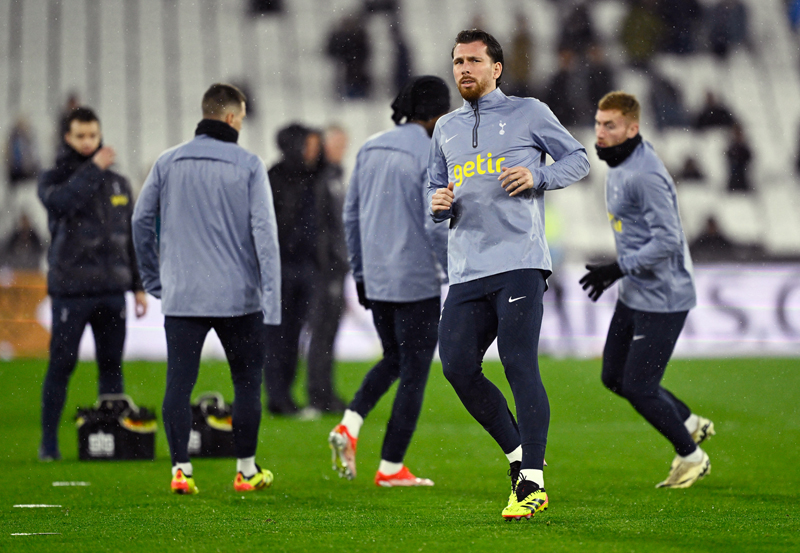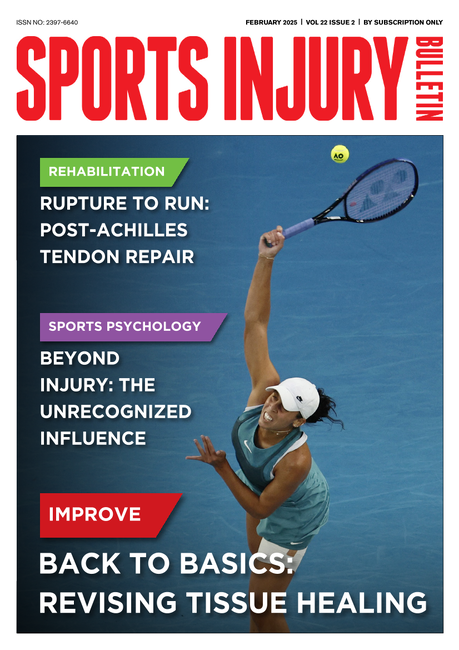You are viewing 1 of your 1 free articles. For unlimited access take a risk-free trial
High-tech shoes: do they work for recreational runners?

Can high-tech running shoes might benefit amateur and recreation runners? Sports Performance Bulletin looks at new research
In a previous article exploring the challenges of running a sub-2-hour marathon (see this article), the role of technology was discussed, and in particular, the use of high-tech running shoes capable of reducing the energy cost for a given pace. One conclusion was that while research shows shoes like the Nike Zoom Vaporfly do offer tremendous energy-return characteristics to reduce the energy cost per mile of running, and undoubtedly help improve performance, the amount of improvement delivered probably wasn’t sufficient in itself to allow the world’s best marathoners to break the 2-hour barrier over an officially certified course(1). Another finding was that that the difference between the best energy-returning running shoes and more average ones was only about one percent of the total amount of the overall energy involved in running – significant but not sufficient.From the above, you might conclude that the kinds of benefits delivered by high energy-return shoes are only relevant for elite runners, and that amateur or recreational runners have nothing to gain by harnessing such technology. However, we could flip this reasoning on its head and argue that since less elite, slower runners are out on the road for longer, the total time savings that can be accrued by using highly-efficient energy return shoes are actually quite significant, and therefore worthy of consideration. But what is the truth? To date, there has been very little research on the use of high-tech energy-return shoes by amateur and recreational runners, but new research published by an international team of scientists provides some fascinating answers to this question [J Sport Health Science 2020;S2095-2546(20)30163-0. doi: 10.1016/j.jshs.2020.11.012].
The research
In this study, published just over a week ago in the Journal of Health and Sport Sciences, researchers compared running economy (RE) and 3km time-trial (TT) variables of recreational runners wearing three different types of shoes:- Nike Vaporfly 4% (VP4)
- Saucony Endorphin lightweight racing flats (FLAT)
- Each runner’s their habitual running shoes (OWN)
The findings
The key findings were as follows:- When the runners wore the VP4 shoes, oxygen consumption was reduced by around 4.3% to 4.8% for a given pace compared to their normal shoes (ie they ran more efficiently). Oxygen consumption also dropped when wearing the racing flat shoes, but by a smaller amount (around 3%).
- In terms of energy cost per kilometre run, similar findings were apparent – ie the biggest reduction occurred when wearing the VP4 shoes with a smaller reduction in the racing flats.
- With the VP4 shoes, the average 3km time trial performance was improved by around 17 seconds compared to the runners’ own shoes. The flat shoes also reduced times (by around 13 seconds) but this improvement was not large enough to be considered statistically significant.
- Most of the runners (11 out of the 18) ran their fastest 3km times when wearing the VP4 shoes.
- There was quite a degree of individual variation in responses to the VP4 shoes – not all runners seemed to benefit from their use (see figure 1).
Figure 1: Individual variations in response to wearing different shoe types

The three plots show energy cost per kilometre run at 60, 70 and 80% of VO2max speed. Each dotted line represents a different runner. Notice that while the VP4 shoes overall allowed the runners to maintain their pace with less energy expenditure (a good thing!), a couple of runners required increased energy expenditure at 80% VO2max speed – an observation that was more common at slower running speeds.
Practical implications
These findings align with previous laboratory-based studies on the VP4 shoes conducted with high-caliber runners(2-4). We can conclude therefore that highly efficient energy-return shoes may well be relevant to recreational runners too, for example when seeking a new PB. The researchers were keen to point out however, that some of these benefits almost certainly occurred due to reduced weight of the VP4 (and racing flat) shoes; research has established that runners will experience an increase of around 1% in energy cost per 100 g of added mass per shoe for a given sub-maximal pace(5) (see this article).They also cautioned that their research was performed on a treadmill in a lab, which might not perfectly approximate the running energetic outdoors on tarmac. In addition, they also noted that some of the variability in response seemed to be related to foot-strike patterns, with rear-foot strikers gaining more benefits from the VP4 shoes compared to fore and mid-foot strikers. Nevertheless, despite these concerns, it seems that recreational runners can indeed benefit from the use of high energy-return shoes, especially those who are rear-foot strikers. Those of you who are tempted by these types of shoes should remember however that part of their benefits derive from altered running biomechanics, such as increased stride length, longer flight times (time airborne), and decreased peak plantar-flexion velocity. That being the case, runners should build up mileage in these shoes gently to allow adaptation to occur, thereby reducing injury risk.
References
- Jonathan Beverley, “The Truth About Energy return in Your Shoes,” Runner’s World (online), October 15, 2015
- J Sports Sci, 37 (2019), pp. 2367-2373
- Sports Med, 48 (2018), pp. 1009-1019
- Sports Med, 49 (2019), pp. 331-342
- Sports Med 2015. 45, 411–422
Newsletter Sign Up
Testimonials
Dr. Alexandra Fandetti-Robin, Back & Body Chiropractic
Elspeth Cowell MSCh DpodM SRCh HCPC reg
William Hunter, Nuffield Health
Newsletter Sign Up
Coaches Testimonials
Dr. Alexandra Fandetti-Robin, Back & Body Chiropractic
Elspeth Cowell MSCh DpodM SRCh HCPC reg
William Hunter, Nuffield Health
Keep up with latest sports science research and apply it to maximize performance
Today you have the chance to join a group of athletes, and sports coaches/trainers who all have something special in common...
They use the latest research to improve performance for themselves and their clients - both athletes and sports teams - with help from global specialists in the fields of sports science, sports medicine and sports psychology.
They do this by reading Sports Performance Bulletin, an easy-to-digest but serious-minded journal dedicated to high performance sports. SPB offers a wealth of information and insight into the latest research, in an easily-accessible and understood format, along with a wealth of practical recommendations.
*includes 3 coaching manuals
Get Inspired
All the latest techniques and approaches
Sports Performance Bulletin helps dedicated endurance athletes improve their performance. Sense-checking the latest sports science research, and sourcing evidence and case studies to support findings, Sports Performance Bulletin turns proven insights into easily digestible practical advice. Supporting athletes, coaches and professionals who wish to ensure their guidance and programmes are kept right up to date and based on credible science.









